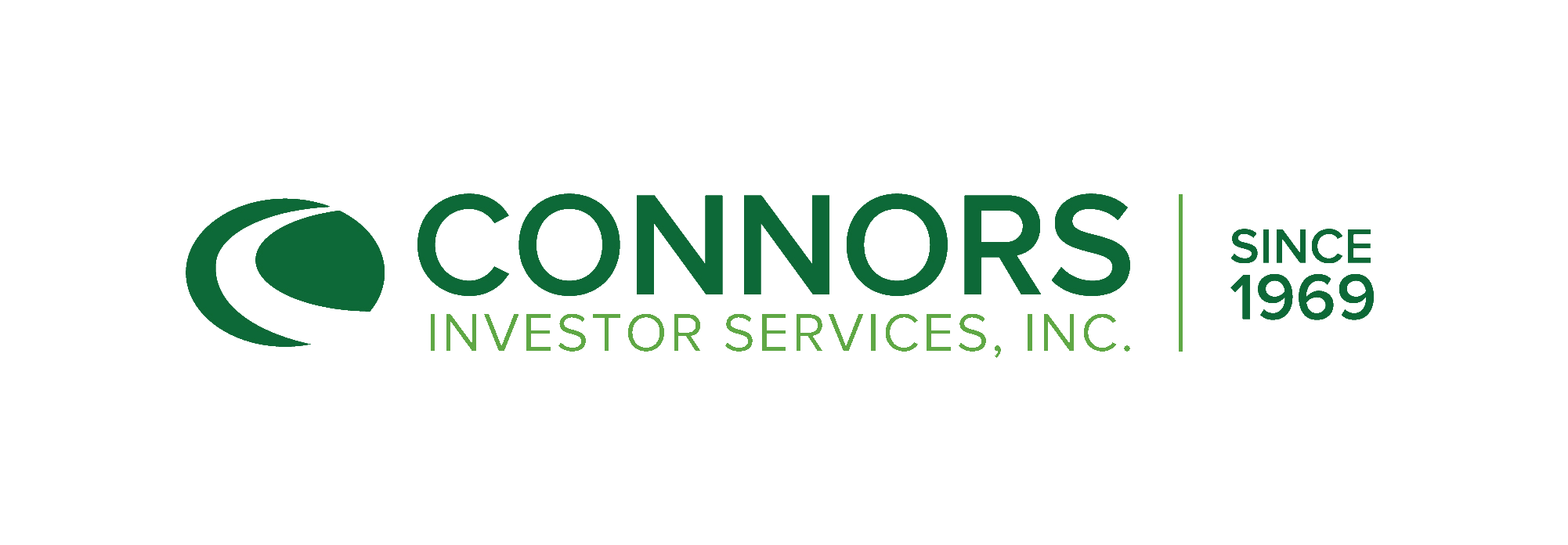2024 Q3 Small Companies Commentary
by Brian G. McCoy, CFA, on October 16, 2024
Performance Attribution
As with much of the year so far, investors were fixated during the quarter on two interrelated issues. First, when and by how much the Federal Reserve would cut rates, and second, would they be able to navigate the U.S. economy to a soft landing and avoid a recession. Early in the period, volatility spiked as inflationary and economic data combined, which led to heightened concerns about persistent levels of inflation above the 2% target even as the economy continued to slow.
The July jobs report raised investor concerns, showing an unexpected rise in the unemployment rate from 4.1% to 4.3%—the highest in nearly three years. That ignited fears of an impending recession, as indicated by the "Sahm Rule," which is triggered when the three-month average unemployment rate rises by 0.50 percentage points over the past year's low. The markets responded quickly with a spike in volatility and strong drops in the major indices. However, as further data was released through the quarter, a picture of a moderating but still growing economy was persistent. The most recent data on Gross Domestic Product (GDP) show an upwardly revised second quarter growth of 3%, while Bloomberg Economics’ nowcast for the 3rd quarter stands at 2.6% and the Atlanta and New York Feds’ similar measures stand at 2.9% and 3%, respectively.
Given softening employment while inflationary data continued a downward trend, Chairman Powell announced the Fed’s shift towards a strategy to maintain economic strength and support employment as they cut interest rates by 50 basis points. This was a significant move considering it was the first reduction in over four years.
Through the heightened volatility and conflicting data, investors cheered final clarity on the direction of rates and stocks broadly finished higher in the quarter as the S&P 500® Index returned 5.90% and the Russell 2000® Index returned 9.28%. Against this backdrop, our small company portfolio outperformed against the small cap benchmark.
For the third quarter, our top three contributors to performance within the portfolio were as follows:
Zeta Global (ZETA), a consumer intelligence and marketing automation software company, was again our top contributor to performance. The company continued to report 20% + revenue growth and an expanding customer profile, both in annual revenue size and new logos. Management continued to beat street estimates and increased full-year guidance on the last earnings report. We continue to believe ZETA should deliver continued growth as customers increasingly recognize their market-leading capabilities led by proprietary consumer intelligence with real-time, actionable automated marketing insights.
Omnicell (OMCL), a medical equipment and technology company providing automation and workflow solutions to hospitals, was a leader for the portfolio after several challenging quarters. The management team has navigated through a tough spending environment, having reduced operating costs and working down inventory. Markets reacted favorably to the company’s recent positive earnings surprise and optimistic guidance. Our confidence continues for future growth as the company has a strong position in the top hospitals across the country, a solid management team and a platform of products and technology that contributes to hospital operating efficiency.
Trupanion (TRUP), a pet health insurance provider, rounded out our leaders for the quarter. The company was a lagging performer for several quarters as higher than historical veterinary cost increases impacted profitability. Though not fully implemented across all covered pets, premium increases are catching up and improving profitability. As a market leader in this niche with improving policy retention rates, better visibility on profitability, and moderating veterinary costs, we are optimistic about management’s continued execution towards historical fundamentals.
Holdings within the portfolio which were negative contributors of performance were as follows:
AMN Healthcare Services (AMN), a healthcare staffing services company, lagged the broader markets and weighed on performance. Though demand for hospital staffing and related services are broadly in demand, the process of normalizing rates and spending priorities has been challenging. This has led to lower earnings and an extended bottoming process. Given longer term secular trends, lower valuation and management focused on operating efficiency to generate cash flow we continue to remain optimistic on future growth as we continue to hold an underweighted position.
International Money Express (IMXI), a consumer finance company with a money movement platform focused on remittances, was impacted in the third quarter as they missed earnings estimates and recalibrated guidance toward the lower end of their previous indication. Though the stock was impacted by guidance, estimates continue to reflect revenue and earnings growth, and we maintain conviction in our holding on its solid fundamentals, existing network, and expanding market penetration into Europe with a recent acquisition.
Sonos (SONO), an audio consumer electronics company, rounded out our bottom performers for the period. The company recently implemented a new version of their software application, which has numerous bugs and the customer experience has been negatively impacted. Resolution of the issues necessitates a higher expense and requires a lowering of revenue and profit expectations, and new product delay as management solely focuses on resolving the application challenges. Based on good management execution prior to this issue, progress so far on the resolution, and a historically committed user profile with more than one product in the home, we are continuing to hold an underweighted position as we are closely monitoring the company’s progress.
Activity During the Quarter
Turnover was slightly lower than the prior quarters as some momentum shifted toward several of our names on better earnings reports and market broadening. On the sell side of the ledger, we focused on trimming holdings that have enjoyed strong returns. Specifically, we lowered our weightings in Sprouts Farmers Market (SFM), Trupanion (TRUP), Zeta Global (ZETA) and Calavo Growers (CVGW).
Funds raised were added to our positions in Healthcare Services Group (HCSG), Green Dot Corp. (GDOT), International Money Express (IMXI), and Shutterstock (SSTK). We also initiated a position in Varonis Systems (VRNS), a technology company providing security software that protects business data.
As we enter the final months of the year, we are overweight Technology, Energy, and Consumer Staples, while underweight Industrials, Financials, Consumer Discretionary, Materials, and Real Estate. The portfolio is in line with our benchmark in Healthcare and Utilities.
General Outlook, Current Positioning/Strategy
As we look to the year, we are optimistic that economic activity will continue to support corporate earnings and a positive direction for equity markets, though elevated volatility may persist.
One element that will likely contribute to volatility is the closely contested election. As investors weigh the potential outcome, certain sectors and industries may experience price movements as earnings prospects are evaluated in the context of the likely winner’s economic agenda. The outcome of Senate and House control will also contribute to uncertainty. Historically, though, election years tend to favor positive returns in the final quarter, particularly after the outcome is known.
Geopolitical risks are also likely to contribute to market concerns. The Russian invasion of Ukraine continues to persist while tensions in the Middle East are escalating. These conflicts most directly affect the price of oil and natural gas as the pending winter approaches Europe. Aside from the impact on these commodities, these ongoing situations raise uncertainty around the potential for escalation and, more broadly, affecting the global economy. Additionally, China continues to flex its strength in the South China Sea while it also deals with a weak economy. Though these situations can change rapidly and increase volatility, even as we write this letter, historically markets settle after a period and get back towards reflecting more fundamental economic trends.
So, as we shift focus to our economy, evidence continues to suggest moderate growth, most particularly the estimates for GDP highlighted above. Supporting those estimates, the Citigroup Economic Surprise Index has been trending positively since July after being in a downtrend since the middle of 2023. The NFIB Small Business Optimism Index has been generally indicating a low but stable level of optimism, yet demand for loans is improving across all sizes of companies while lending standards are easing. Further data points to a favorable consumer profile as retail sales have delivered positive surprises in both July and August, while the University of Michigan Consumer Sentiment Index has been trending positive, albeit in a choppy pattern.
As we look to position our portfolios against this backdrop, we are closely monitoring employment. Though the Sahm Rule has been triggered, even the economist Claudia Sahm, who developed the indicator opined at the time that strong supply and not just weaker demand had possibly helped trigger the percentage rise in unemployment, which may be overstating the weakening. In fact, most recently, employment data from ADP and the U.S. Nonfarm payrolls delivered positive surprises; the unemployment rate ticked lower to 4.1%, and the ISM Services PMI Index rose into growth territory to the highest level since February.
In addition to these data, recent upward revisions to Gross Domestic Product (GDP) and Gross Domestic Income (GDI) indicate that the US economy weathered the monetary tightening well as the Fed tightened monetary policy to tame inflation. With these upward revisions and the still historically tight labor market, corporate productivity should continue to improve, supporting corporate earnings.
All said we are encouraged that the Federal Reserve has begun to lower rates from a position of strength as inflation continues to moderate and growth remains solid. There is some debate that interest rate expectations have gotten ahead of where they may ultimately land since the economy continues to be strong. Even in that scenario, that would be a positive for corporate profits and equity markets.
Turning specifically to our sector of the market, we continue to believe that market factors continue to slowly shift in favor of small caps. Usually, lower rates come because of a recession into which small caps typically decline more than large caps, setting the stage for a strong rebound. Though we have not yet had a formal recession, sales and earnings declines rolled through small caps, and price declines affected industries and sectors through '22-’23 to a greater degree. At the same time, the themes of Mag 7, AI, “larger is safer”, and better revenue/earnings kept larger caps moving up. The U.S. did not have a formal recession, but in the small-cap world, the degree and breadth of price declines of individual stocks resembled a recession.
But now, interest rates are shifting from a headwind to a tailwind for small caps. Regarding the current scenario, the lowered rates will help with floating rate debt and relieve some of the burden as smaller companies refinance. Investor perceptions toward riskier assets may improve. Relative valuations to large caps continue to be attractive, and we are beginning to see a broadening of performance away from the mega caps – as seen not only in the Russell 2000® but also in the other 490 large caps below the Top 10 in the S&P 500®. Further, sales and earnings estimates look better for small caps as we get into ’25.
There will continue to be volatility up to and potentially after the election, and geopolitical tensions are rising. Thus, we continue to balance our offensive and defensive positioning while monitoring valuations and estimated growth on an absolute and relative basis to the broader small-cap universe. Also, though our turnover this past quarter was lower, we still look to be more active in decreasing or increasing our position weights. As the economic backdrop seems to be stabilizing and rates look to be moving lower, we are beginning to be more deliberate than incremental as we adjust our position weights.
In conclusion, small caps continue to struggle for attention from investors reflected in the low relative strength of the Russell 2000® to the S&P 500®. Further, we will not know till looking in the rear-view mirror whether the next small cap outperformance cycle has started, but trends seem to be shifting in their favor. The key will be for the Fed to ‘stick the landing’ and avoid a recession. It does currently look that way, but we remain vigilant.
Thank you.
Important Disclosure Information
Please remember that past performance may not be indicative of future results. Different types of investments involve varying degrees of risk, and there can be no assurance that the future performance of any specific investment, investment strategy, or product (including the investments and/or investment strategies recommended or undertaken by Connors Investor Services, Inc. [“Connors]), or any non-investment related content, made reference to directly or indirectly in this commentary will be profitable, equal any corresponding indicated historical performance level(s), be suitable for your portfolio or individual situation, or prove successful. Due to various factors, including changing market conditions and/or applicable laws, the content may no longer be reflective of current opinions or positions. Moreover, you should not assume that any discussion or information contained in this commentary serves as the receipt of, or as a substitute for, personalized investment advice from Connors. Please remember, if you are a Connors client, to contact Connors, in writing, if there are any changes in your personal/financial situation or investment objectives for the purpose of reviewing/evaluating/revising our previous recommendations and/or services or if you would like to impose, add, or to modify any reasonable restrictions to our investment advisory services. Unless, and until you notify us, in writing, to the contrary, we shall continue to provide services as we do currently. Also, remember to advise us if you have not been receiving account statements (at least quarterly) from the account custodian. Connors is neither a law firm nor a certified public accounting firm, and no portion of the commentary content should be construed as legal or accounting advice. A copy of the Connors’ current written disclosure Brochure discussing our advisory services and fees continues to remain available upon request or at www.connorsinvestor.com. Historical performance results for investment indices, benchmarks, and/or categories have been provided for general informational/comparison purposes only and generally do not reflect the deduction of transaction and/or custodial charges, the deduction of an investment management fee, nor the impact of taxes, the incurrence of which would have the effect of decreasing historical performance results. It should not be assumed that your Connors account holdings correspond directly to any comparative indices or categories. Please Also Note: (1) performance results do not reflect the impact of taxes; (2) comparative benchmarks/indices may be more or less volatile than your Connors accounts; and (3) a description of each comparative benchmark/index is available upon request.






